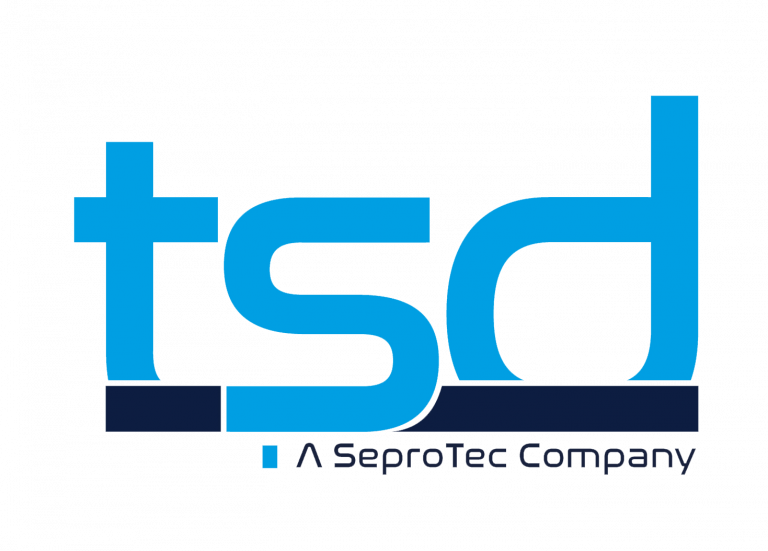Machine Translation Solutions: How to choose the best technology for your content

Choosing the best translation methodology is the first step in starting a content internationalization project and is key to guaranteeing good results. Indeed, it could be said that translation methodology is the invisible ally that in professional translation services makes the difference between getting a mere translation or the translation that you actually need.
Today, the leaps and bounds of technological advances has also broadened the range of translation services that companies need. It is becoming increasingly common for companies to need to translate large volumes of content in a very short time.
tsd, with its consultancy service, analyses and advises its clients on the most suitable translation methodology for their needs, including when the use of professional machine translation (MT) is the best solution.
Not all companies are the same, much less the needs of each of their different projects. One important step in the process of internationalizing content is the pre-project analysis, establishing the end use of the content, the deadline and the budget, which determines the optimum quality level for the project and whether or not a machine translation solution might be used. But this is where most clients and translation companies end the consultancy process and turn to the machine translation technology most at hand.
Here are some tips on how and when you should use machine translation methodologies so you can get the most out of this new technology.
Why use machine translation solutions?
Businesses are growing rapidly and so are their needs. As we have mentioned, many companies need to translate large amounts of text in a short amount of time. To do this we have the possibility of machine translation, whose engine speeds up the translation process and serves as an ideal starting point for a human translation.
As in many other disciplines, artificial intelligence has had a major impact on the development of machine translation and current technological progress undeniably facilitates the use of increasingly accurate and fast machine translation both in business and in everyday life.
Without losing sight of the fact that machine translation in and of itself remains a limited technology in terms of quality, there’s no question that it can often be an invaluable aid in the day-to-day running of a business if used appropriately to get the most out of it.
When should machine translation software be used?
Since machine translation is an automated process in which software is used to translate a text very quickly, it should always be borne in mind that this technology does not have the same accuracy as a human translation. A machine translation can be perfect for getting an idea of a specific text.
If you need higher quality than that, you can always choose to add a step in which a human language expert intervenes by correcting and editing the text translated by a translation engine so that it can meet a specific quality level. This process, which consists of correcting and editing a machine-translated text, is called post-editing.
A post-edited machine translation is more accurate than a simple machine translation, and even if it is not a “perfect” translation, it may be acceptable when turnover time is key.
Which machine translation solution is right for you at any given time?
Companies invest a lot of resources in content creation. The original writing is aimed at a local audience, so having a good localization service, which not only translates the content into the target language but also adapts it culturally to the target market, is key. Another important factor to take into account, especially if the translation process involves machine translation, is the choice of the most appropriate technology for the project.
At tsd we offer a consulting service on MT including a detailed evaluation of the quality of the machine translation engines, whether it is the client’s own technology, one specifically created by us or those available on the market.To assess the quality of MT, automatic metrics are extracted and our linguists evaluate aspects such as fluency, accuracy and grammatical correctness.
This evaluation is carried out over a platform that allows us to extract and visualize information about the strengths and weaknesses of the engines in a dynamic and clear way to be able to best advise our customers about the technology that’s right for them. Our clients can also access this platform directly and assess the results themselves if they wish.
For those less familiar with MT solutions, in addition to the consultancy service mentioned above, below we explain the different MT solutions available.
Machine Translation
Machine translation without human intervention is recommended when you need to know the content of a text almost immediately or when there’s an extremely large amount of documentation and there’s no specific quality requirement. One example would be the need to translate reference material, an assessment of customer feedback or the like.
Machine Translation and Post-Editing
Machine translation with post-editing is recommended when an acceptable, no-frills text is needed and time is of the essence.
Post-Editing
Post-editing is a discipline in its own right and requires professionals trained in it. It consists of correcting and editing an automatically translated text.
tsd has extensive experience in training and working with post-editors, and we have developed training for post-editing that we adapt to the technologies being used and the needs of our clients.
In addition, the Machine Translation team guides the language experts along their process of learning these new skills, assisting them through two-way communication.
Professional machine translation engines, it should be noted, preserve the confidentiality of documentation versus free-of-charge engines and can also be trained using each sector’s specific terminology. If you’d like to know more, our Machine Translation Department is at your disposal to decide on the technology that’s best for you.
